What countersunk pot magnet
|
||||
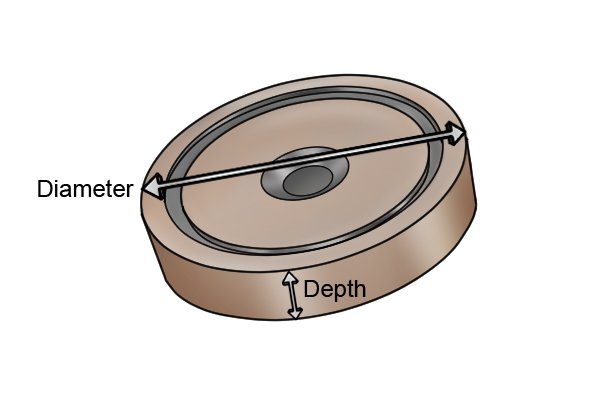 |
Countersunk pot magnets are usually measured diameter x depth. The size of the countersunk pot magnet always includes the size of the shell within the measurements. | |||
Diameter |
||||
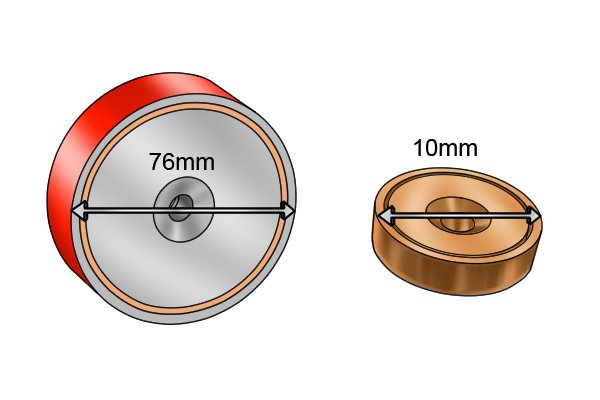 |
The diameter refers to the distance between the two widest points of the countersunk pot magnet. The diameter can range from 10mm (0.39″) to 76mm (3″). | |||
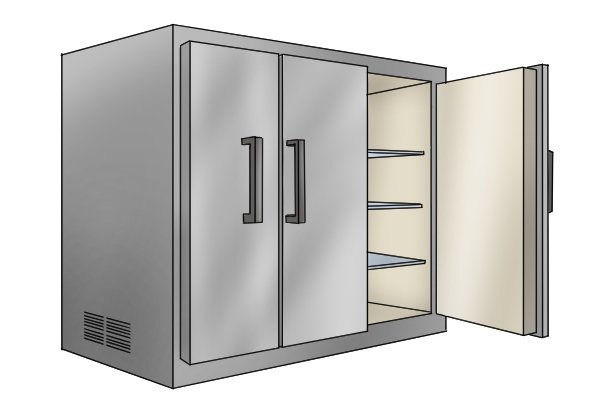 |
Different diameters of countersunk pot magnets can be used for a large array of applications. For example, larger countersunk pot magnets are often used for holding large ferromagnetic materials closed or open such as heavy fridge doors, where the diameter will provide the magnet with an increased grip on the material. | |||
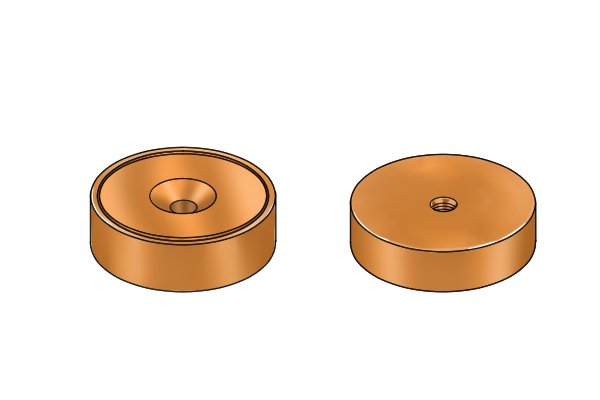 |
For most applications, the diameter you choose will depend on the size of the item you wish to hold. | |||
Depth |
||||
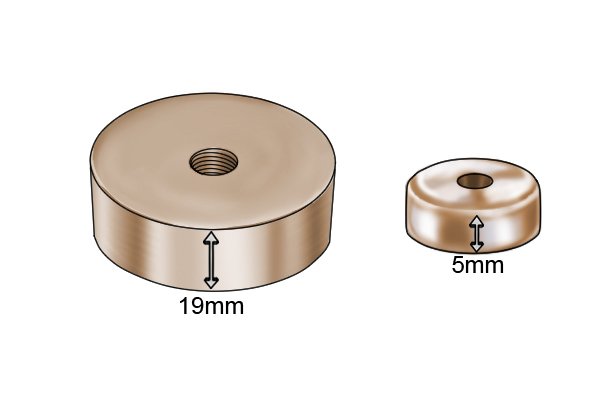 |
The depth of a countersunk pot magnet is the distance between the top of the shell and the magnetic face, and can range from 5mm (0.2″) to 19mm (0.75″). | |||
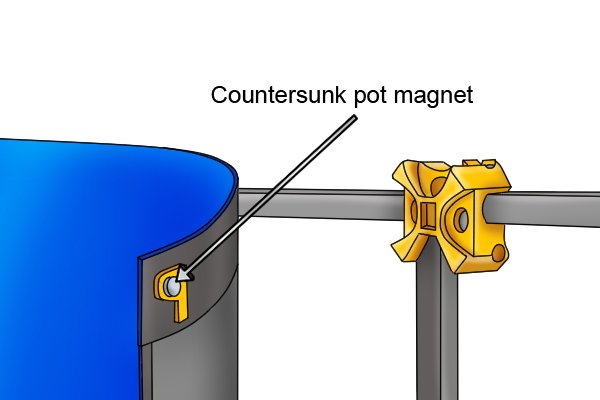 |
The depth you choose will depend on the depth of non-ferromagnetic material you are attaching the magnet to and how much you wish the pot magnet to protrude from this.
A countersunk pot magnet with a smaller depth will create a cleaner, more slimline appearance, in comparison to one with a larger depth. If the magnet is being attached to a thin material such as an exhibition display sign, this may be preferable. |
|||
Magnetic pull |
||||
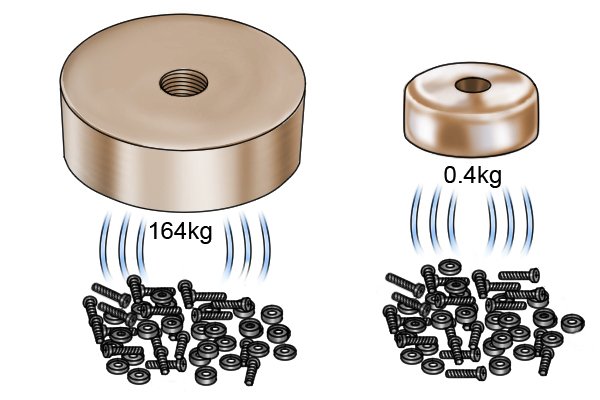 |
The magnetic pull of countersunk pot magnets ranges from 0.4kg (0.02lbs) to 164kg (361.56lbs). | |||
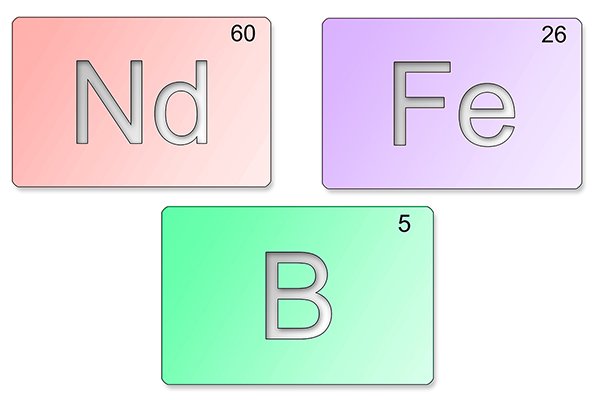 |
The magnetic pull is the maximum weight of ferromagnetic material that the countersunk pot magnet can hold. This is not determined by the magnet’s overall size, but the material the magnet is made of. This means that a large magnet does not necessarily have a larger magnetic pull than a small magnet.
For more information, see the page: What are magnets made of? |
|||
Summary |
||||
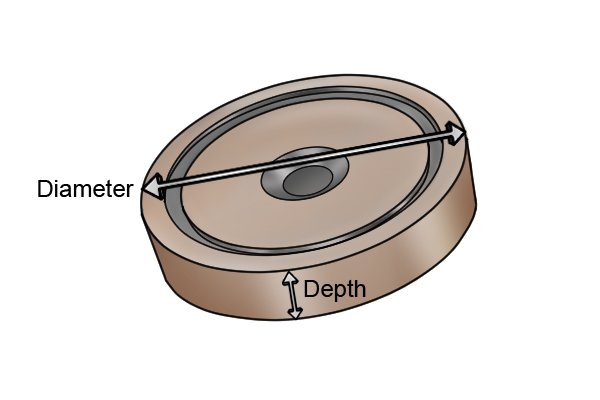 |
To summarise, when choosing a countersunk pot magnet, the most important considerations are the diameter and the depth. This is due to the effects these will have on the attachment of the countersunk pot magnet to a non-ferromagnetic material.
The larger the diameter, the greater the area of ferromagnetic material the magnet can hold onto. The depth, on the other hand, is dictated by the depth of material you are using. |
|||






